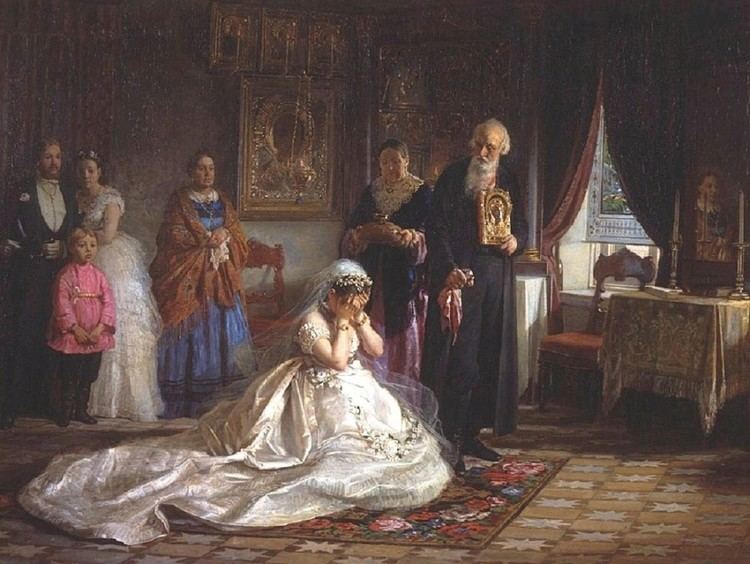Name Vasili Pukirev | Role Artist | |
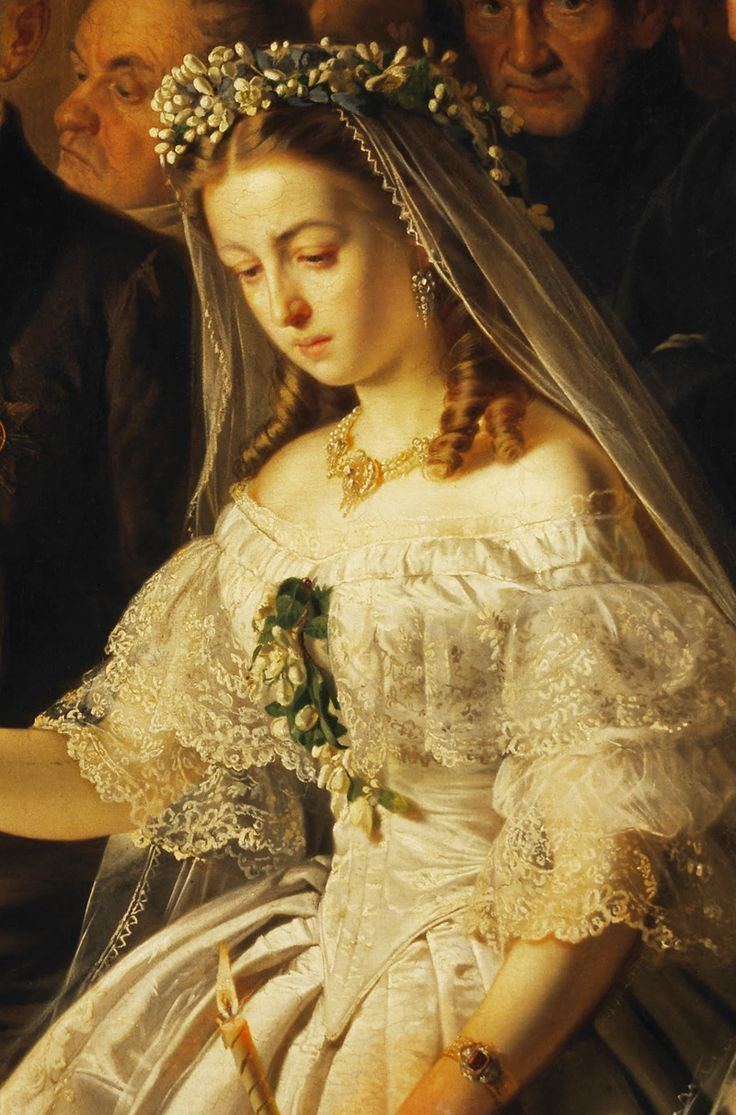 | ||
Born 13 December 1832, Tula Governorate, Russia Died 1 June 1890 (aged 57) Moscow, Russia Alma mater Moscow School of Painting Known for Painting Movement Realism Nationality Russian Similar Semion Abugov, Mikhail Adamovich, Ivan Aivazovsky | ||
Vasili Vladimirovich Pukirev (Russian: Василий Владимирович Пукирев; (1832, Luzhniki, Tula Governorate - 1 June 1890, Moscow) was a Russian genre painter in the Realistic style.
Contents
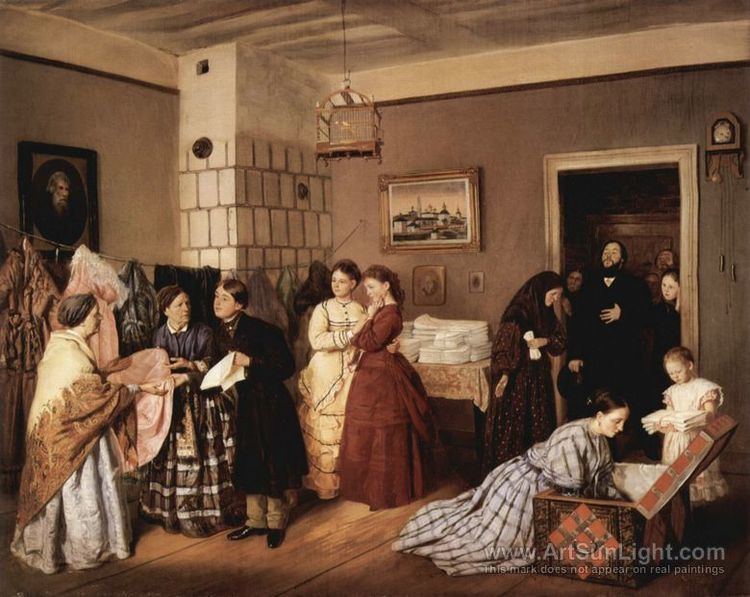
Biography
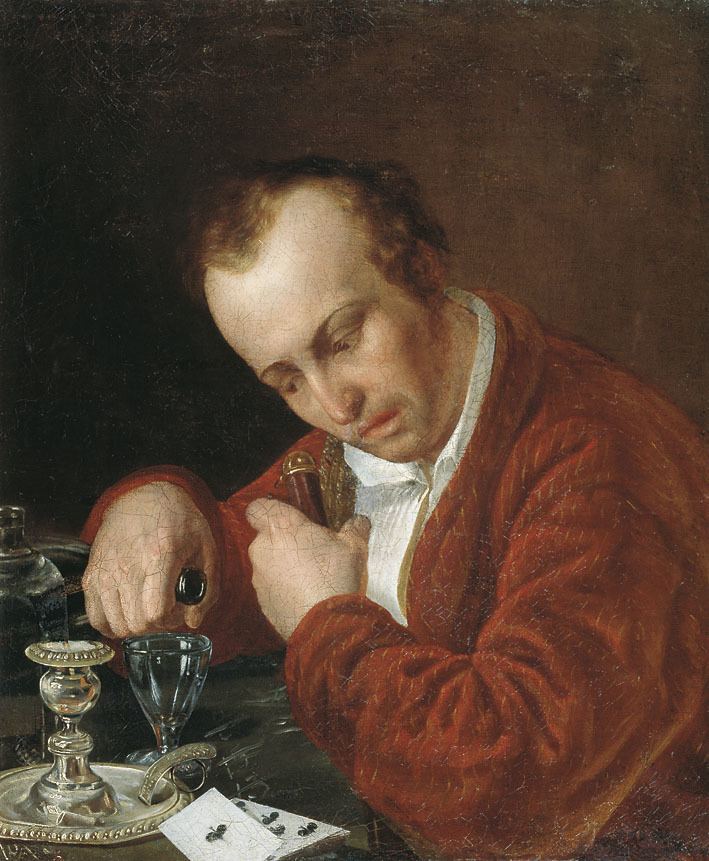
He was born to a peasant family and was originally apprenticed to an icon painter in Mogilev. By sheer luck, he was able to enroll at the Moscow School of Painting, Sculpture and Architecture (MSPSA), where he studied from 1847 to 1858 under the direction of Sergey Zaryanko and Apollon Mokritsky. After 1850, he was certified to serve as an art teacher in the public schools. In 1855 he was awarded the title of "Artist" and, in 1858, became a "Free Artist".
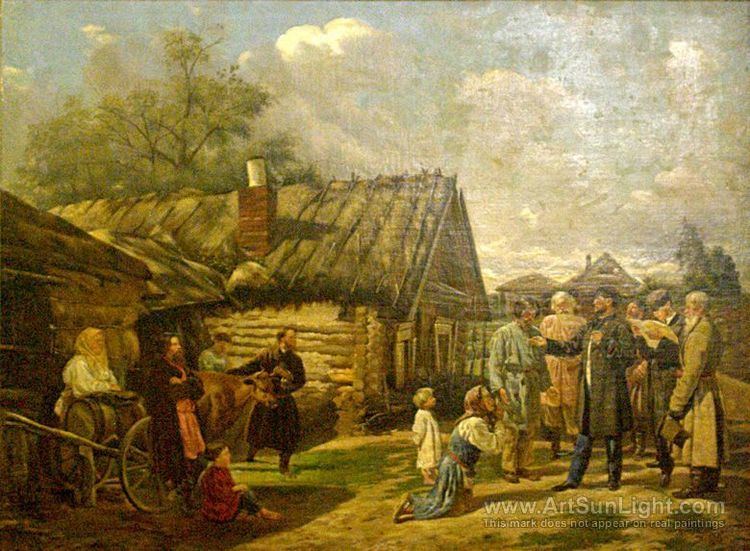
In 1860, he became an "Academician" for history and portrait painting. He settled in an apartment near the MSPSA and taught there through 1873. In 1862 and 1864, he was able to travel abroad to "view art galleries" under the sponsorship of the Moscow Society of Art Lovers. In 1869, he collaborated with Alexei Savrasov to prepare a drawing course for use in the public schools.In addition to his paintings, he also created icons and illustrations for the works of Gogol and Turgenev.
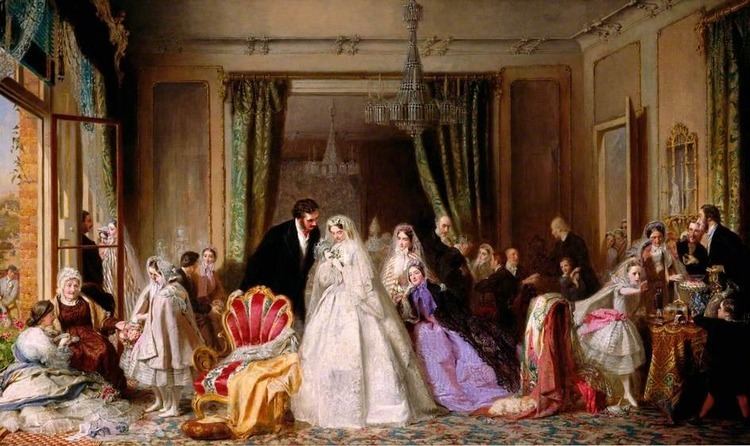
Four years later, he was forced to give up teaching due to poor health. In 1879, his fellow artists got together to provide him with a modest pension, but he died in poverty and nearly forgotten in 1890.
The Unequal Marriage
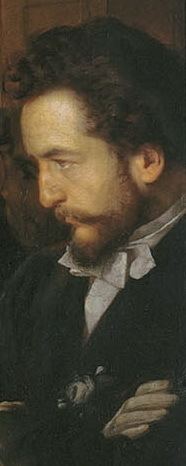
His most famous work, "The Unequal Marriage," features Pukirev himself at the far right of the canvas, possibly as the best man. This inclusion has led to speculation that the painting reflects a personal episode of lost love from his own life. In 1863, Pukirev was named an honorary Professor at the Imperial Academy of Fine Arts based on the acclaim of this painting. "The Unequal Marriage" sparked considerable debate in the press; supporters lauded the painting for addressing a serious contemporary issue, a departure from the more typical nostalgic or sentimental genre scenes of the time. The painting is currently on display at the Tretyakov Gallery.
